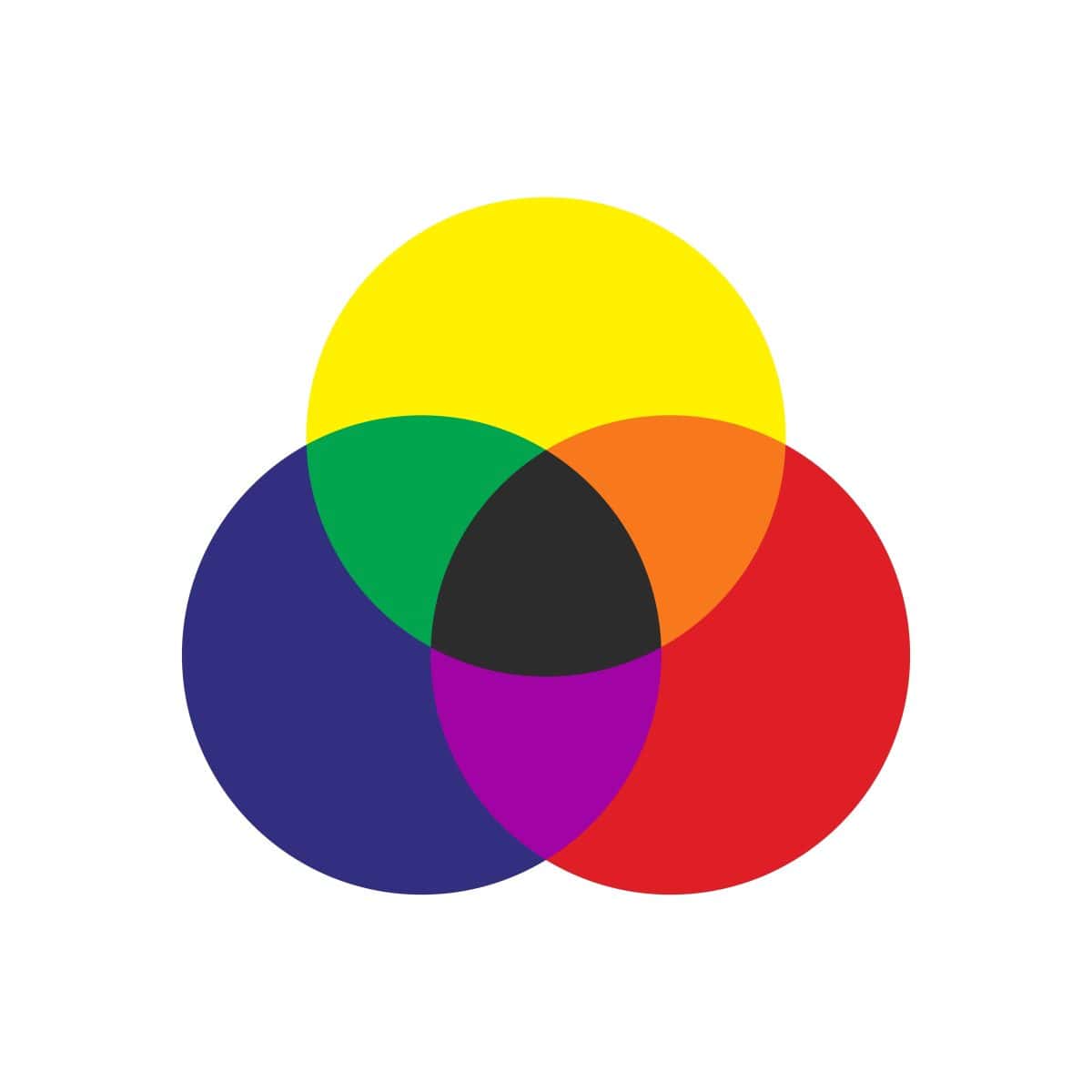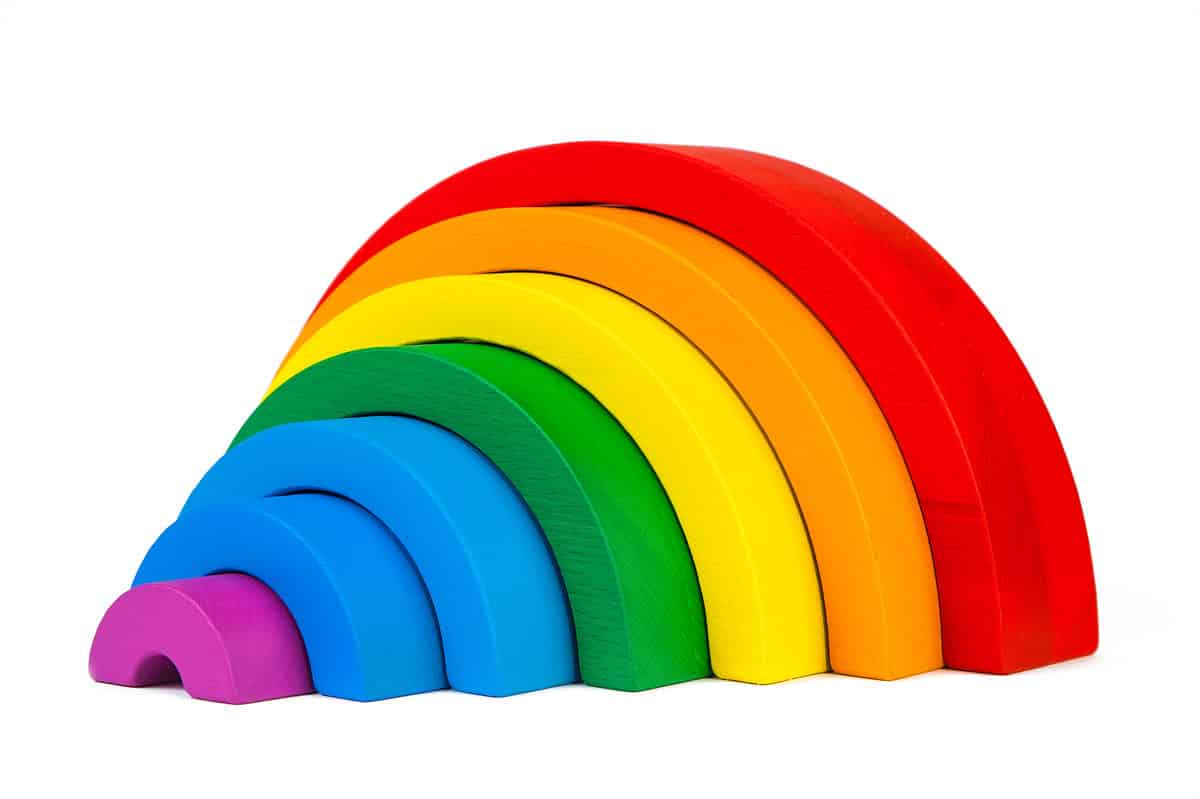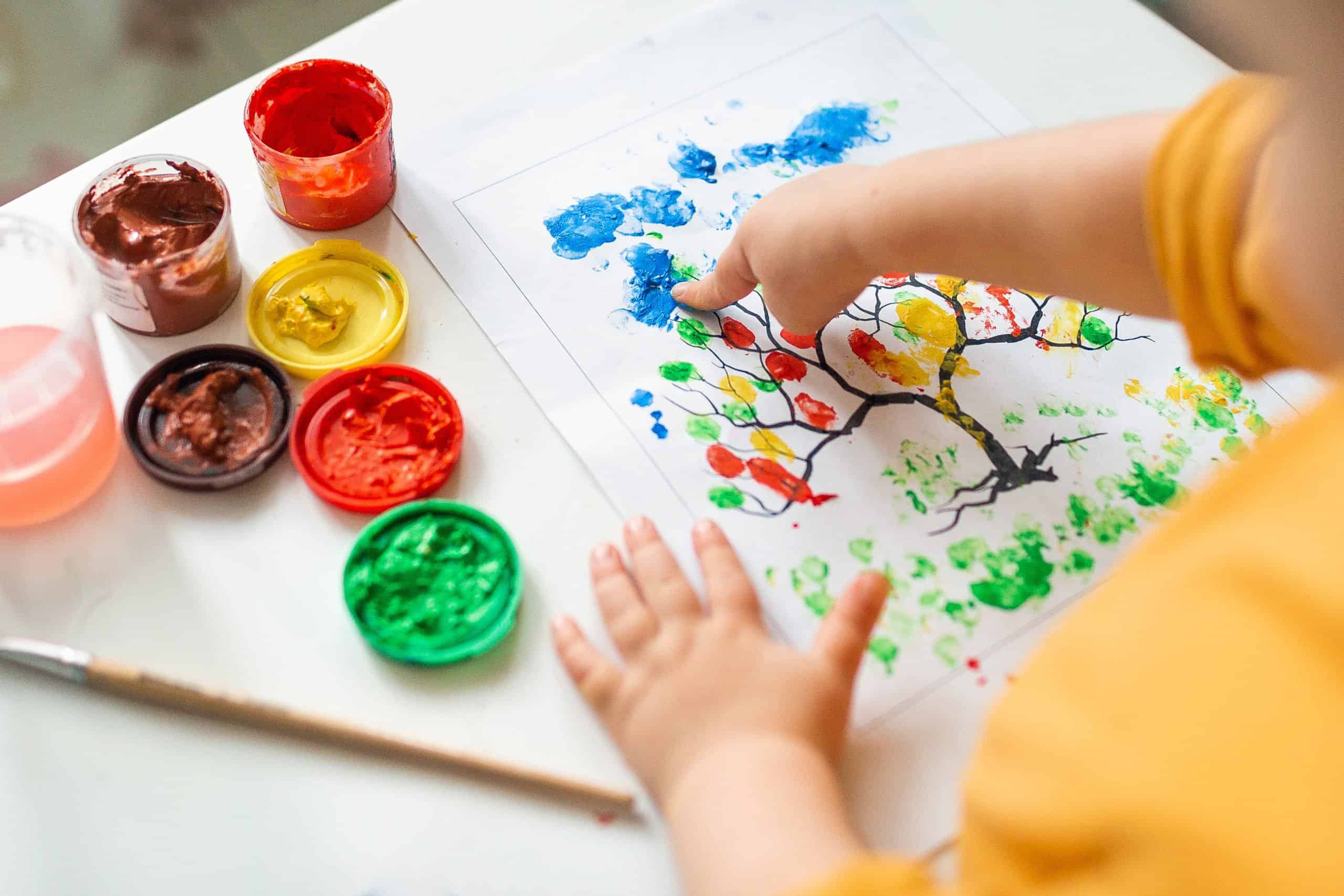A walk through nature will bring to attention the beautiful colors around us — clear blue in the sky, vibrant yellow radiating from the sun, and incredible shades of green. A child's first introduction to colors typically begins while they are young. With their nonstop jabber, children may repeatedly and excitedly exclaim every color they see. As they grow older, their curiosity may pique, making them wonder, how exactly are colors mixed together? For fun, they may begin to experiment by mixing all the paint colors or just one or two together. If you have a curious child or want to remember from art class, try using this simple color mixing chart.
Share this simple color mixing chart with your budding artist and watch them create a masterpiece! Before you know it, your child will learn precisely what colors mix to make green, orange, and purple. Additionally, this chart may even pique your memory of days from the past. Therefore, take a trip down memory lane as you explore the many different ways to mix colors.

©petrroudny43/Shutterstock.com
Primary Colors

©Geo Alderson/Shutterstock.com
When it comes to painting, the starting point always lies with the primary colors. These are red, yellow, and blue, and they are the bases of any other color that may be mixed and created.
When beginning to mix colors, it's important to remember that each color should be mixed with equal parts to create secondary colors.
Secondary Colors

©Everyonephoto Studio/Shutterstock.com
Secondary colors refer to any color created by mixing two primary colors together in equal parts. These secondary colors include purple, orange, and green.
Now, if your child is ready to create a masterpiece and wants to delve deep into the art of color mixing, use the chart above to help you get started.
Blue + Yellow = Green
The basic color chart above covers how the three primary colors will create the secondary colors. Also, knowing how to mix these colors is foundational for further complex color mixing.
Mix red and yellow in equal parts if you want to produce green.
Yellow + Red = Orange
A warm and inviting orange can be produced by combining yellow and red in equal parts.
Red + Blue = Purple
Lastly, a deep purple can be created by combining red and blue.
Although these combinations are as basic as possible regarding the color wheel, they are not the only ones. Once you have mastered these steps, you can try multiple other color combinations. These include learning how to mix:
- Brown: Equal parts red and green.
- Black: Equal parts red, yellow, and blue.
In Conclusion

©Dream01/Shutterstock.com
Mixing colors can be fun for adults and children alike. Furthermore, mixing primary colors to create secondary colors is the foundation of many art concepts. Once these steps are mastered, the sky is the limit on your child's next creation! (Does your child love to draw? Take a look at our article that includes 7 steps on how to draw a dog!)
The image featured at the top of this post is ©Sakharova Anastasia/Shutterstock.com.
